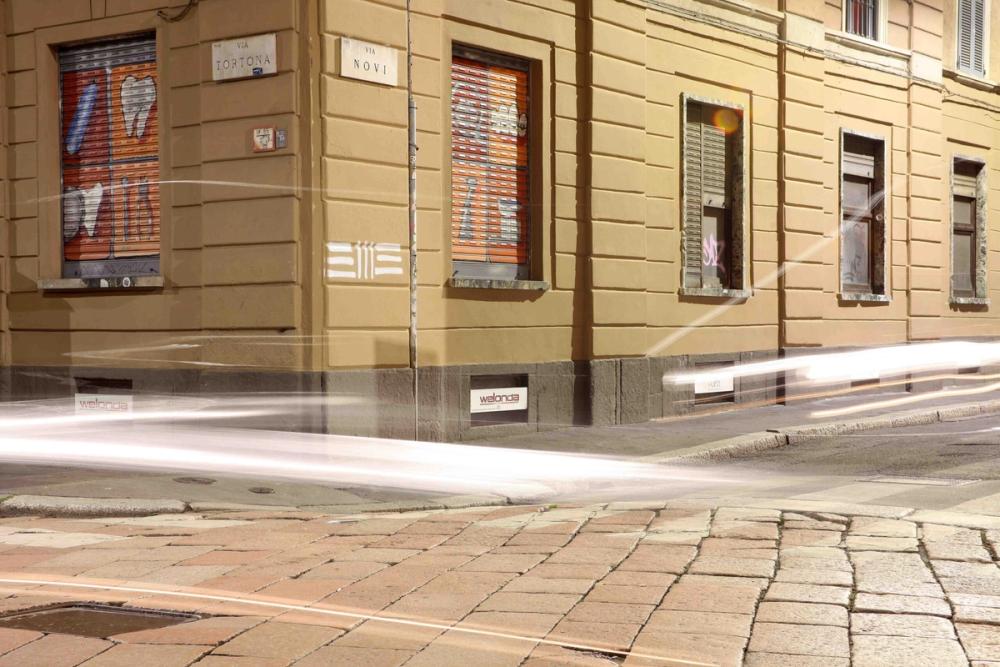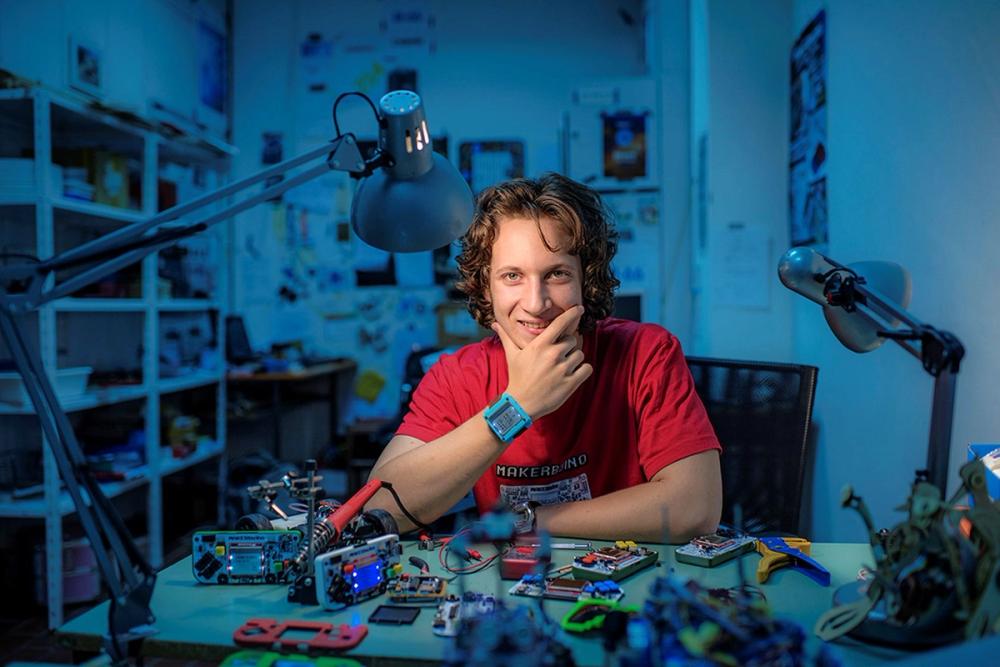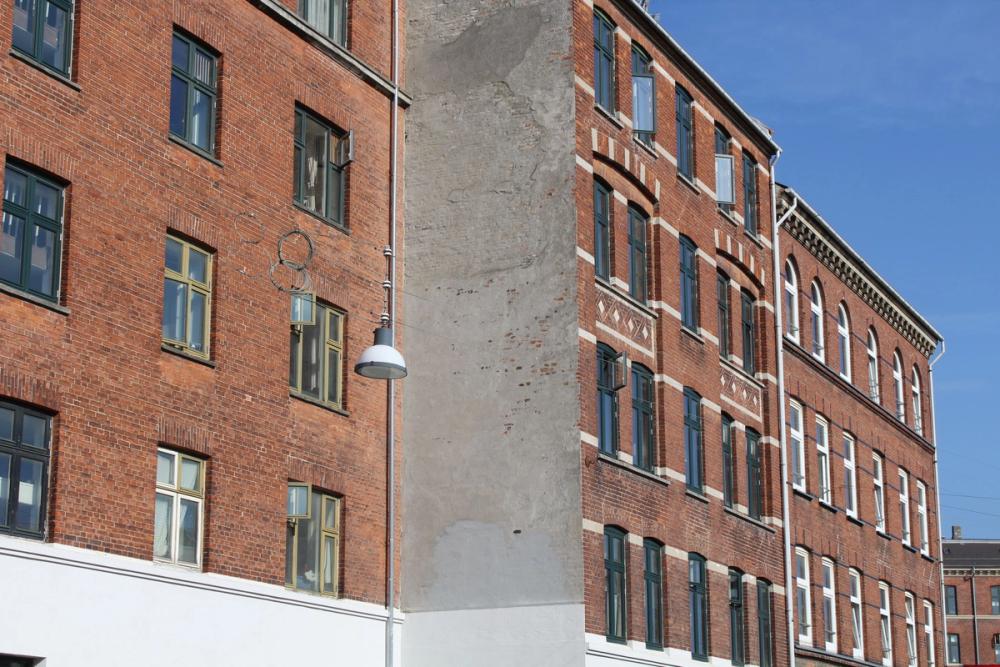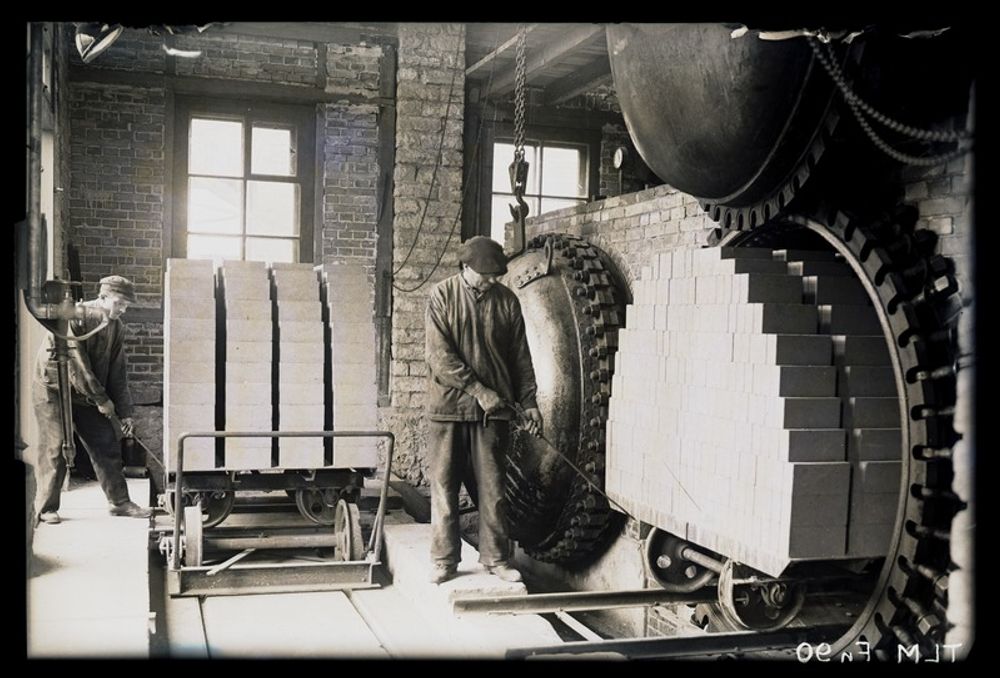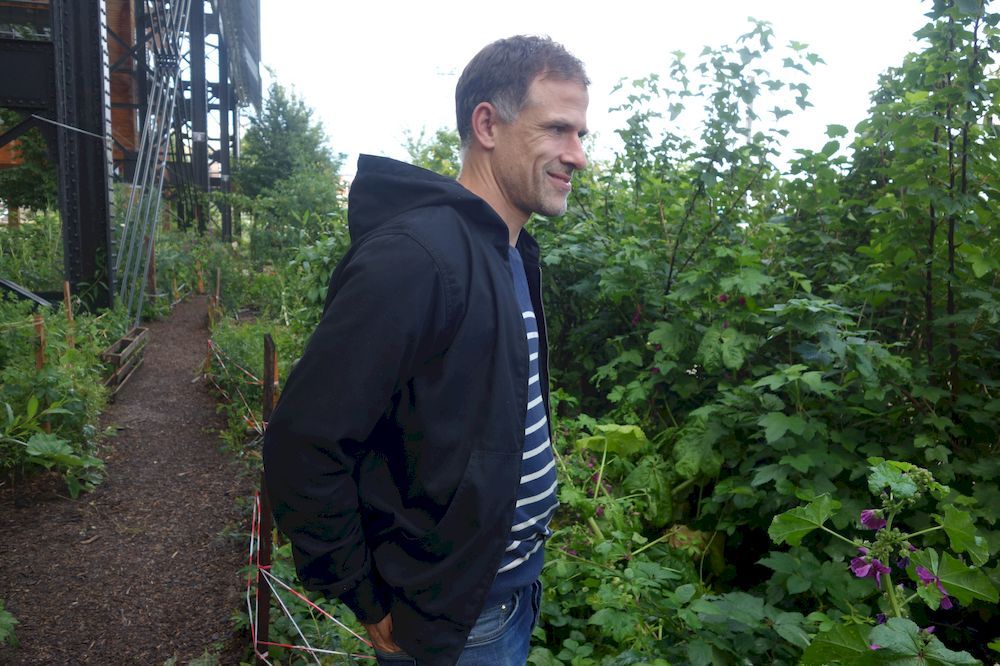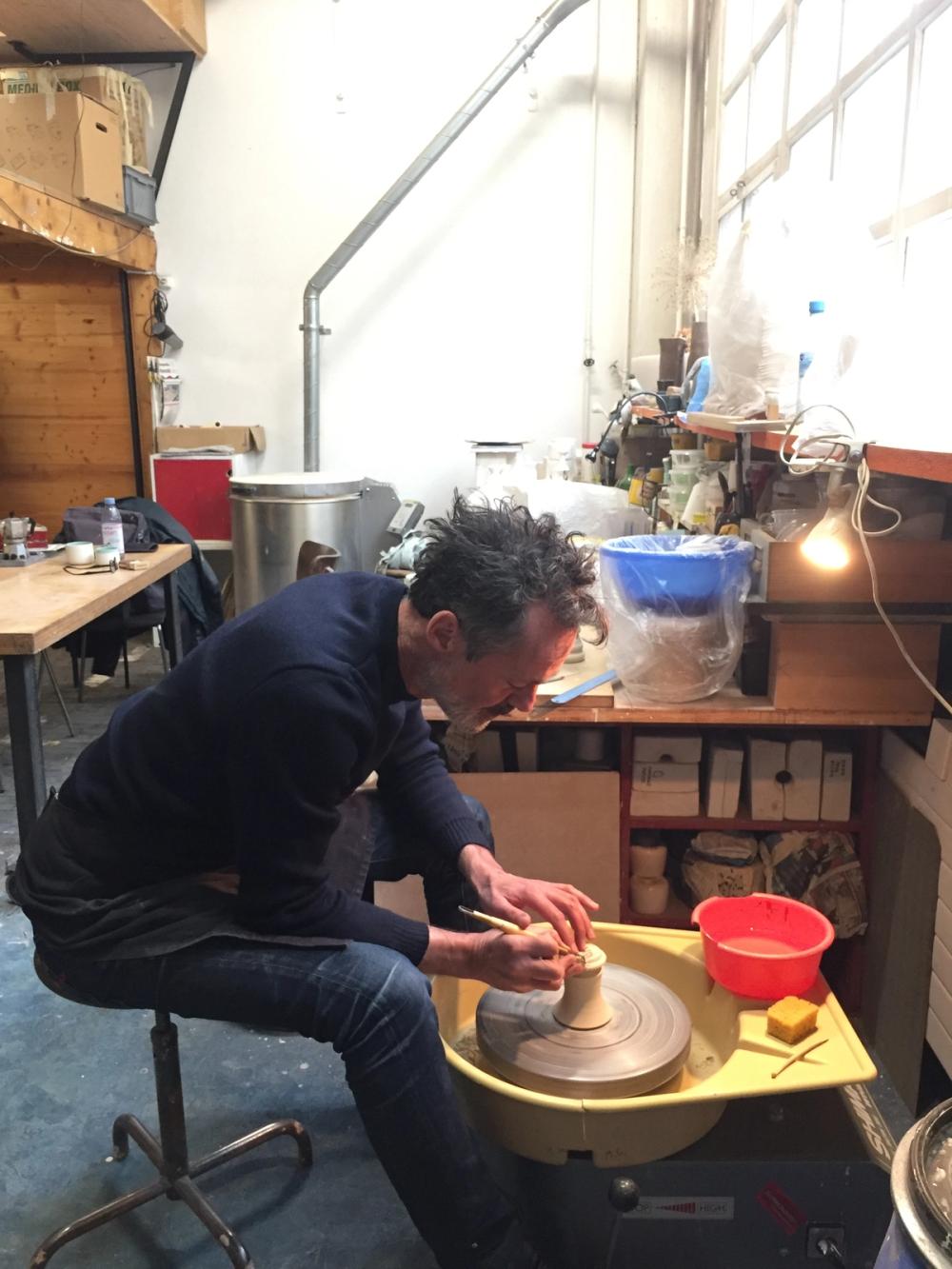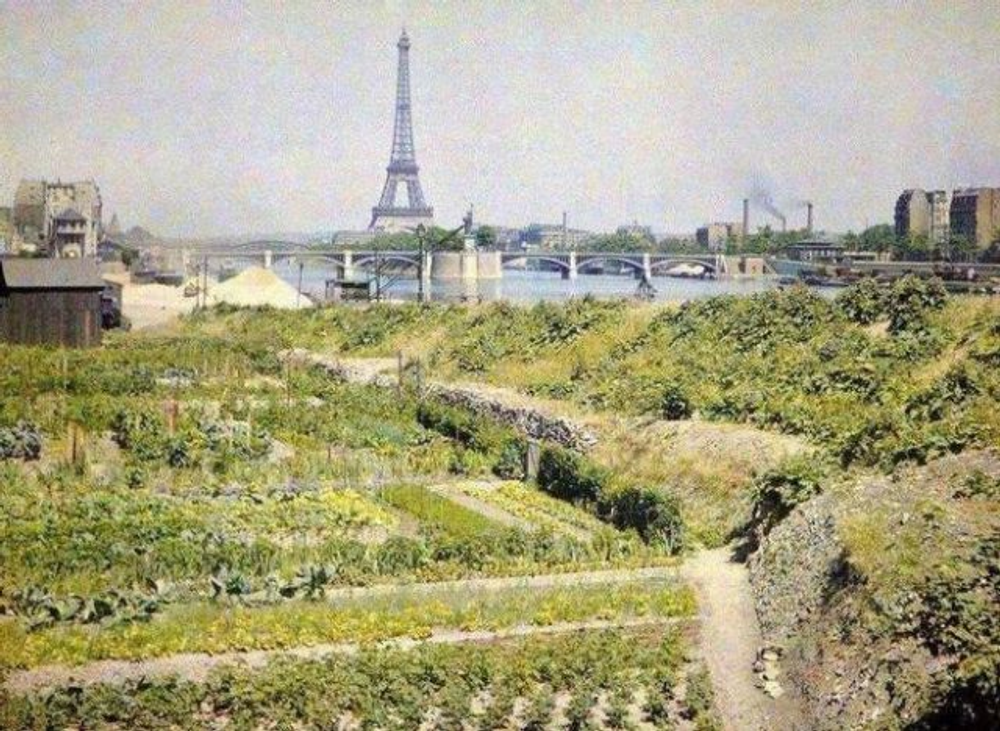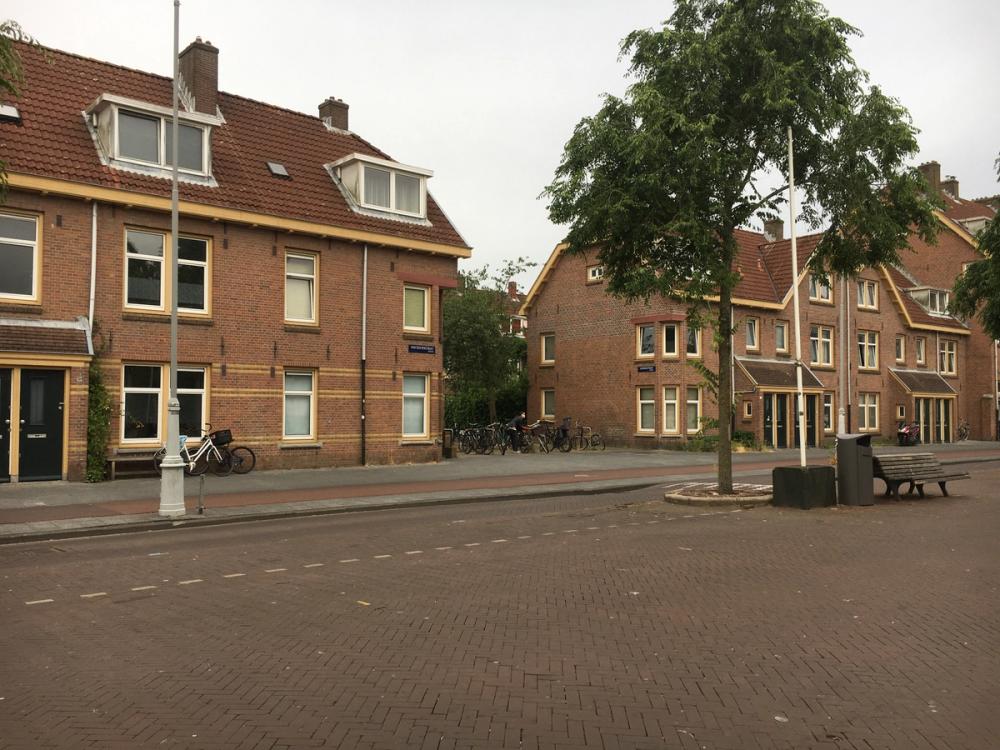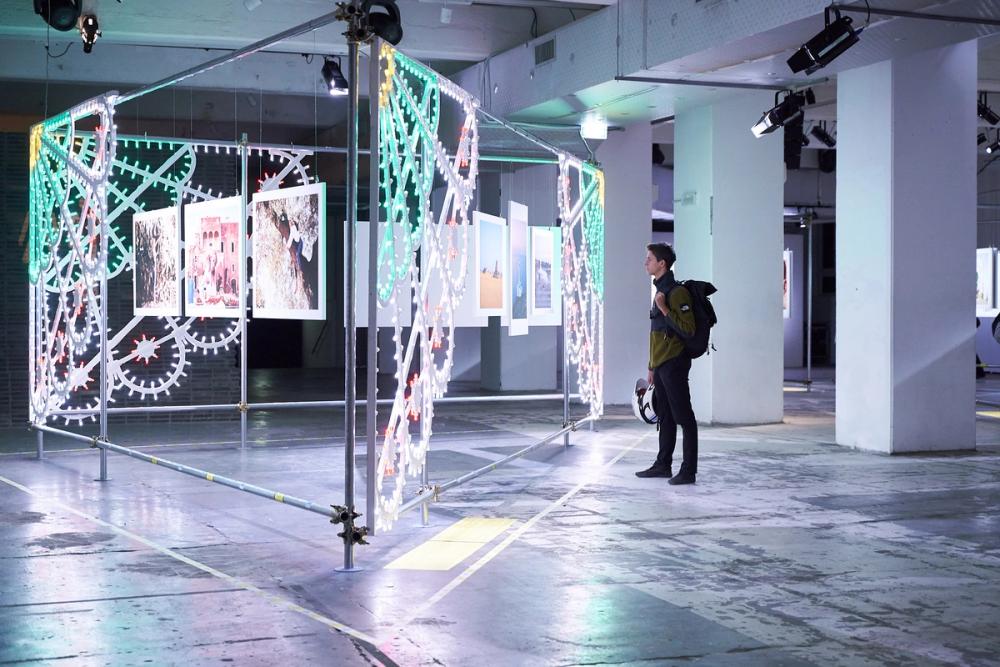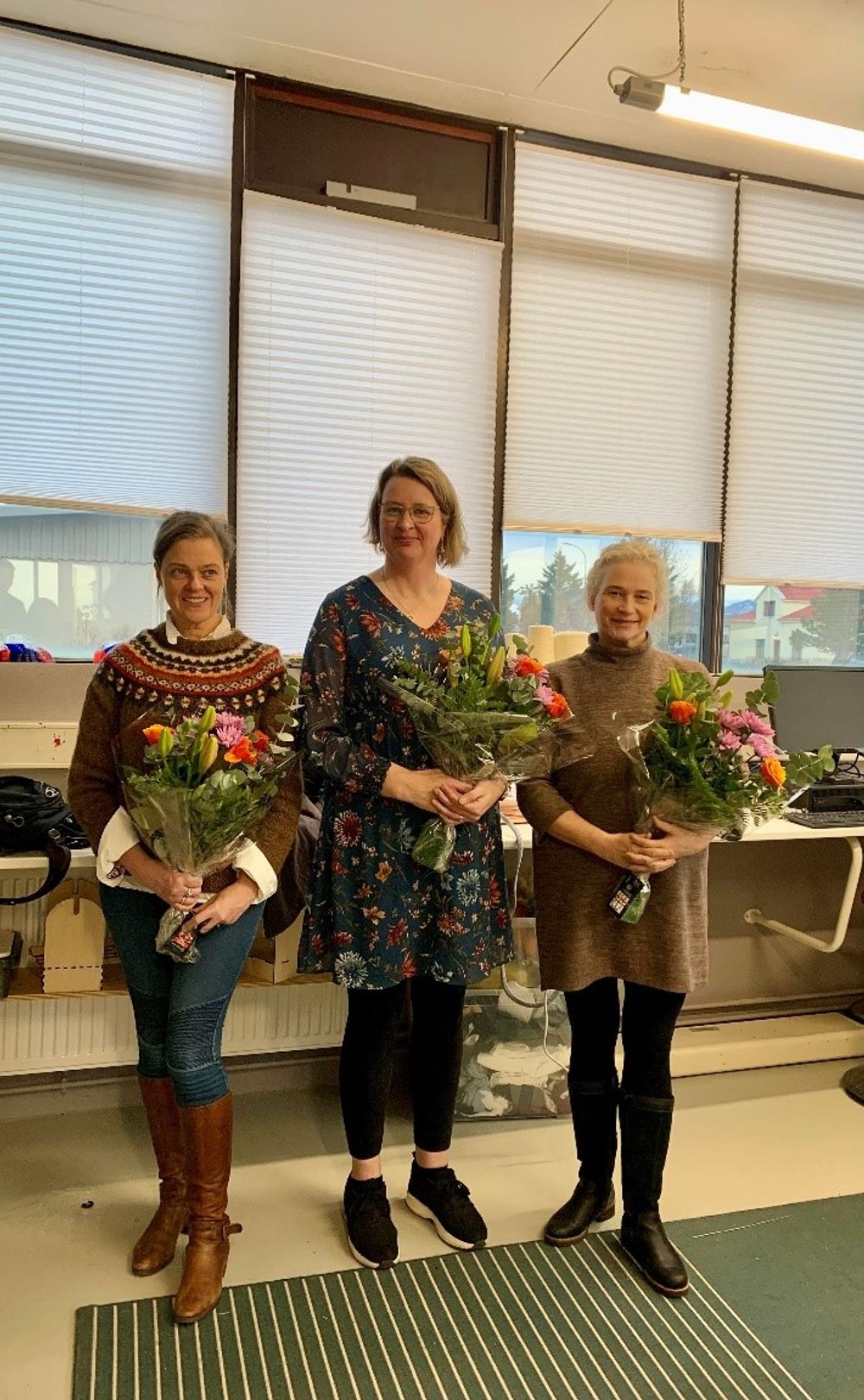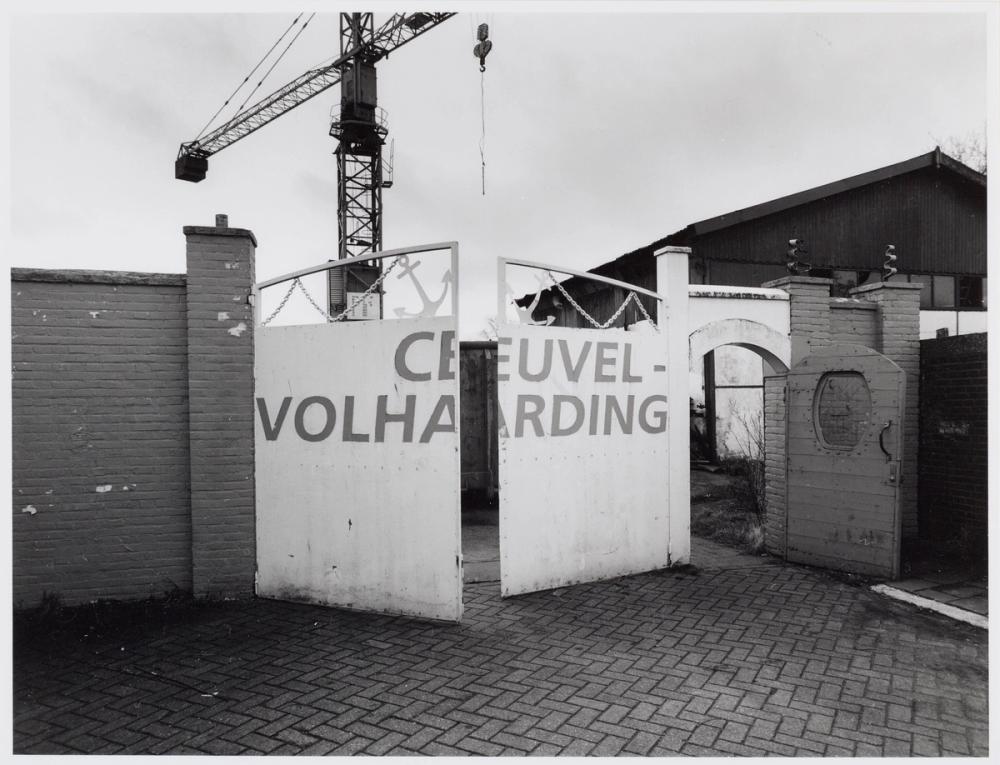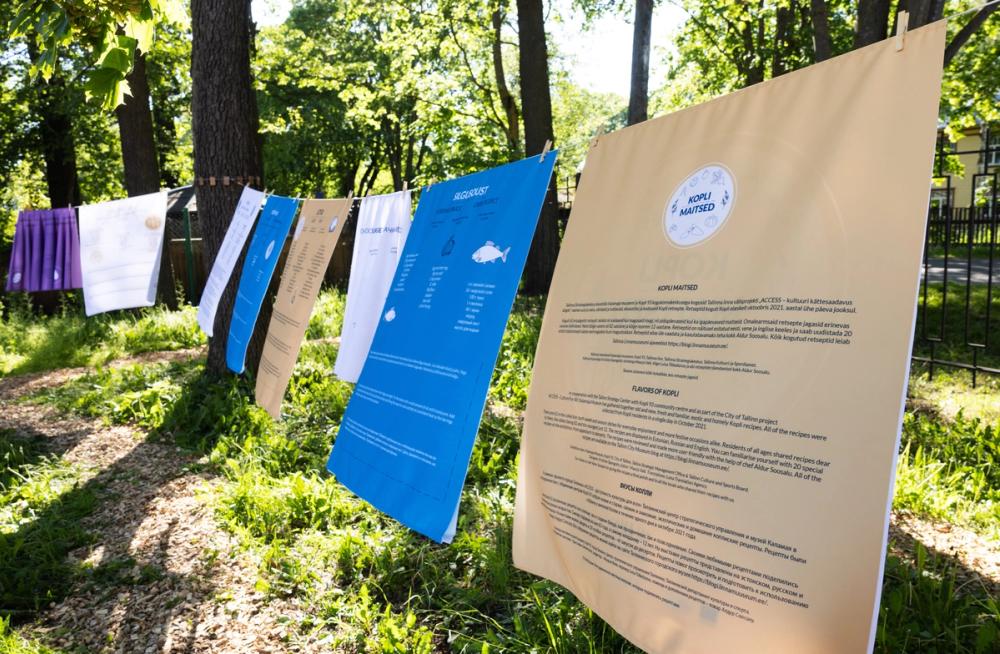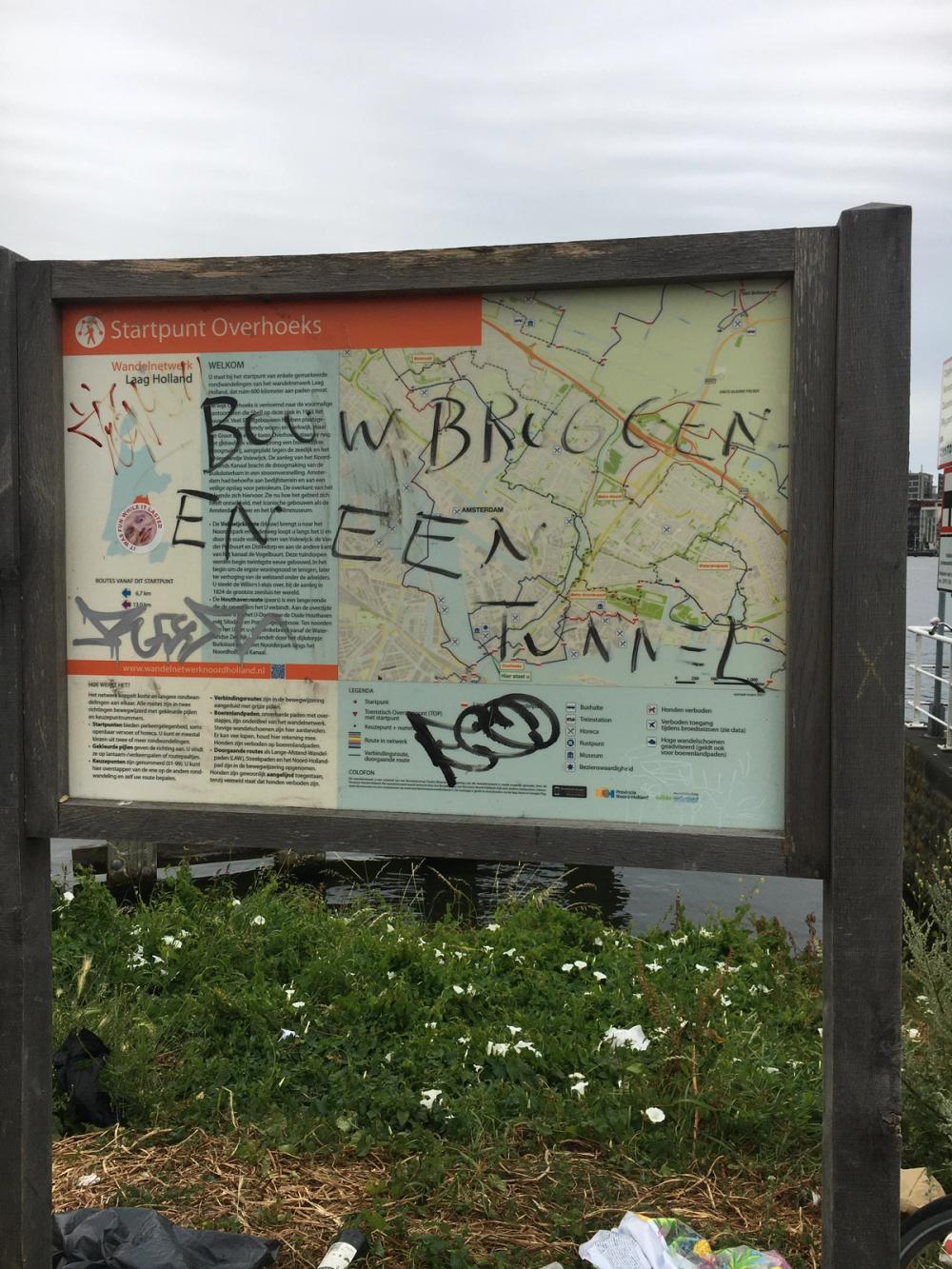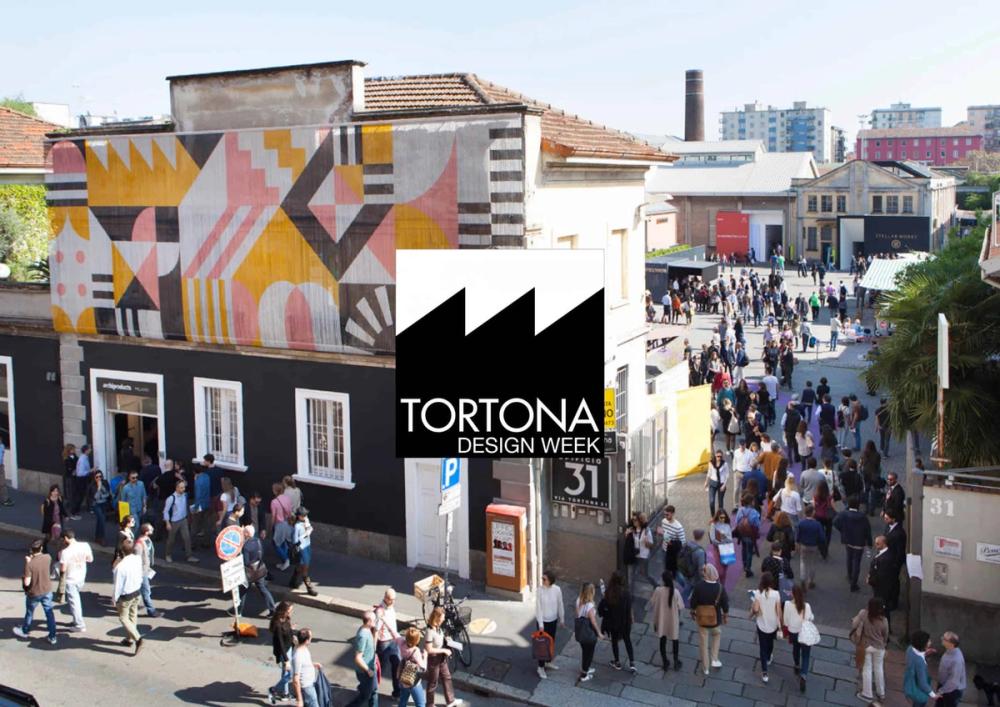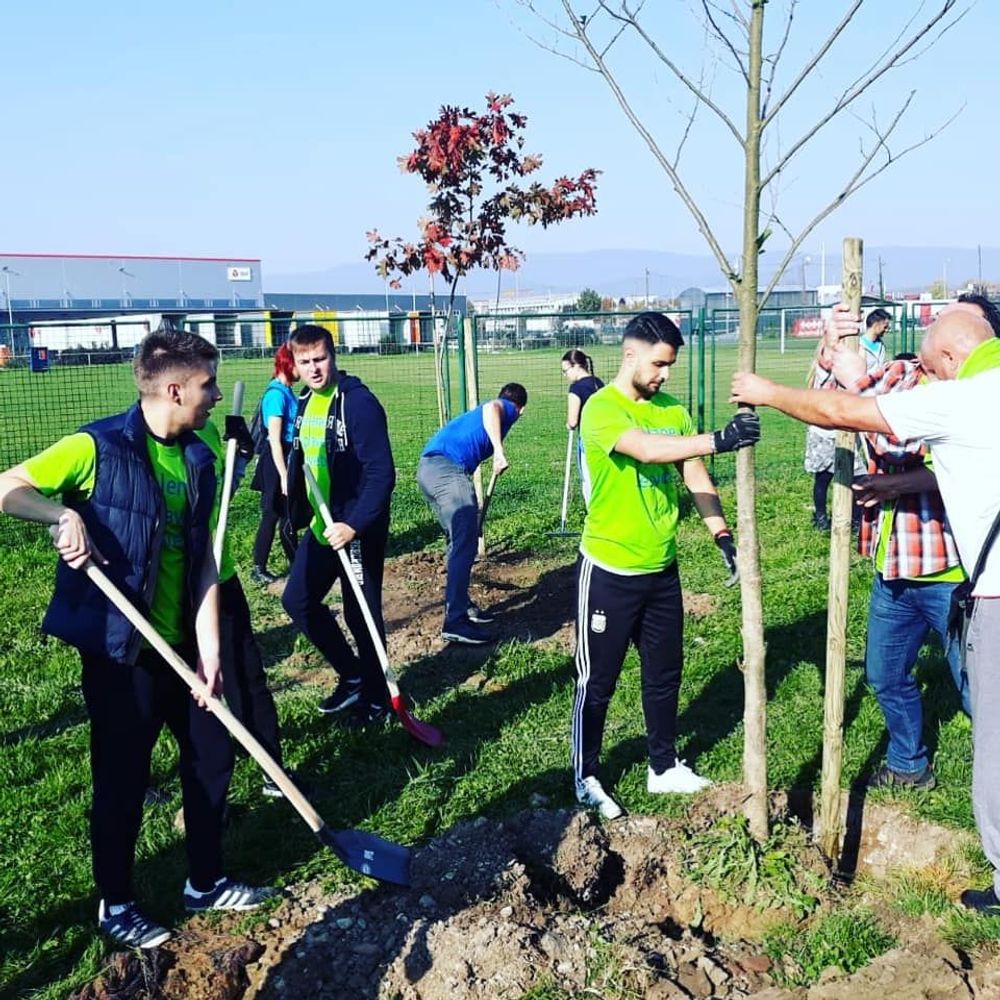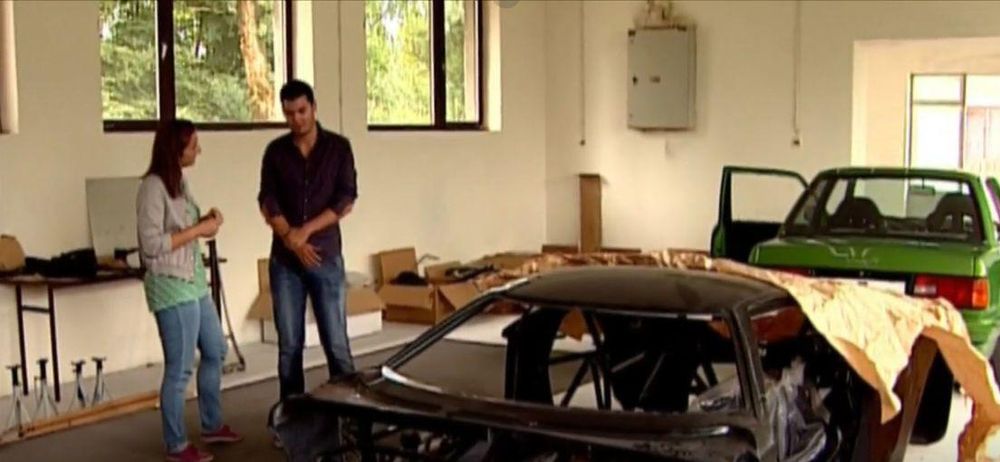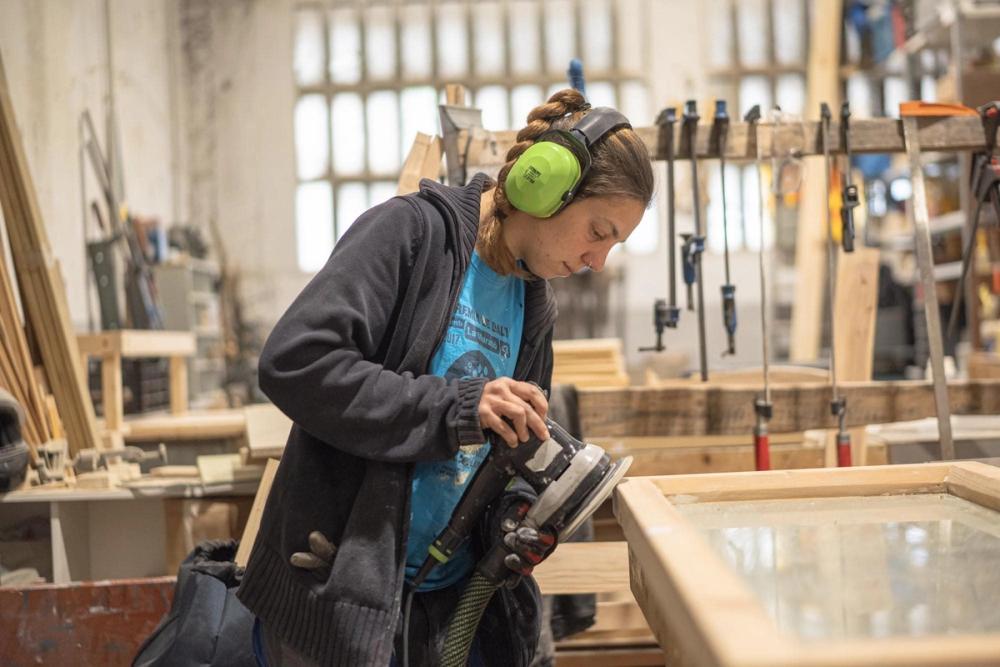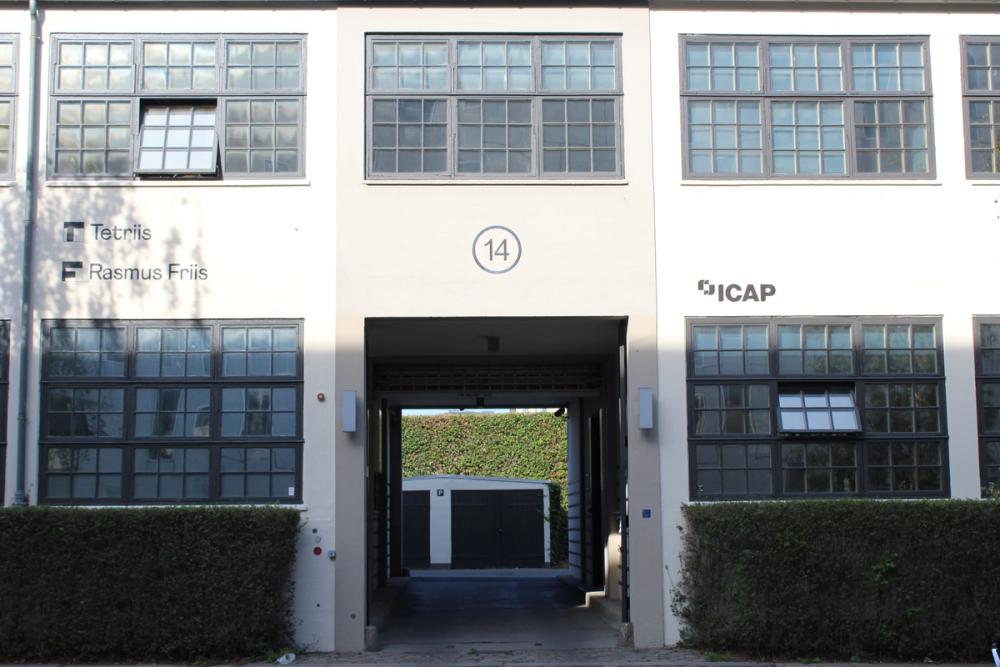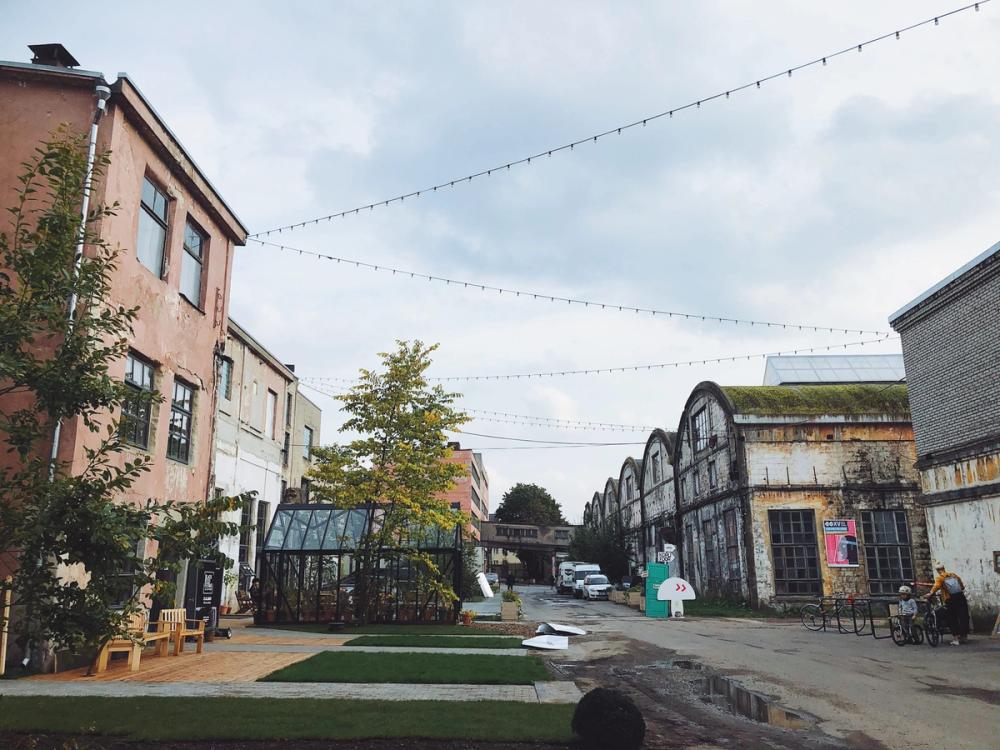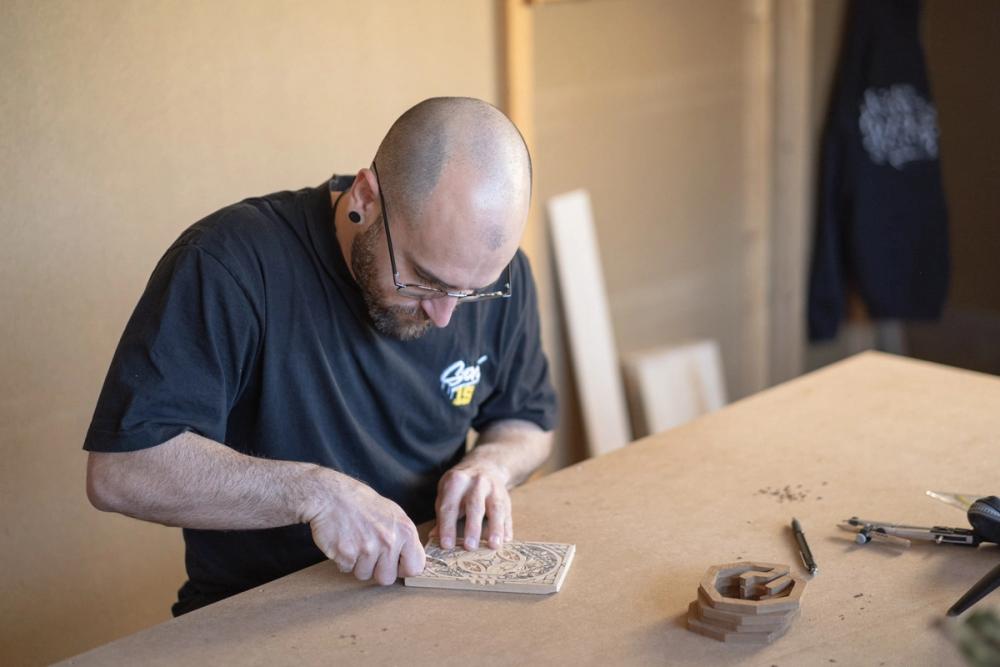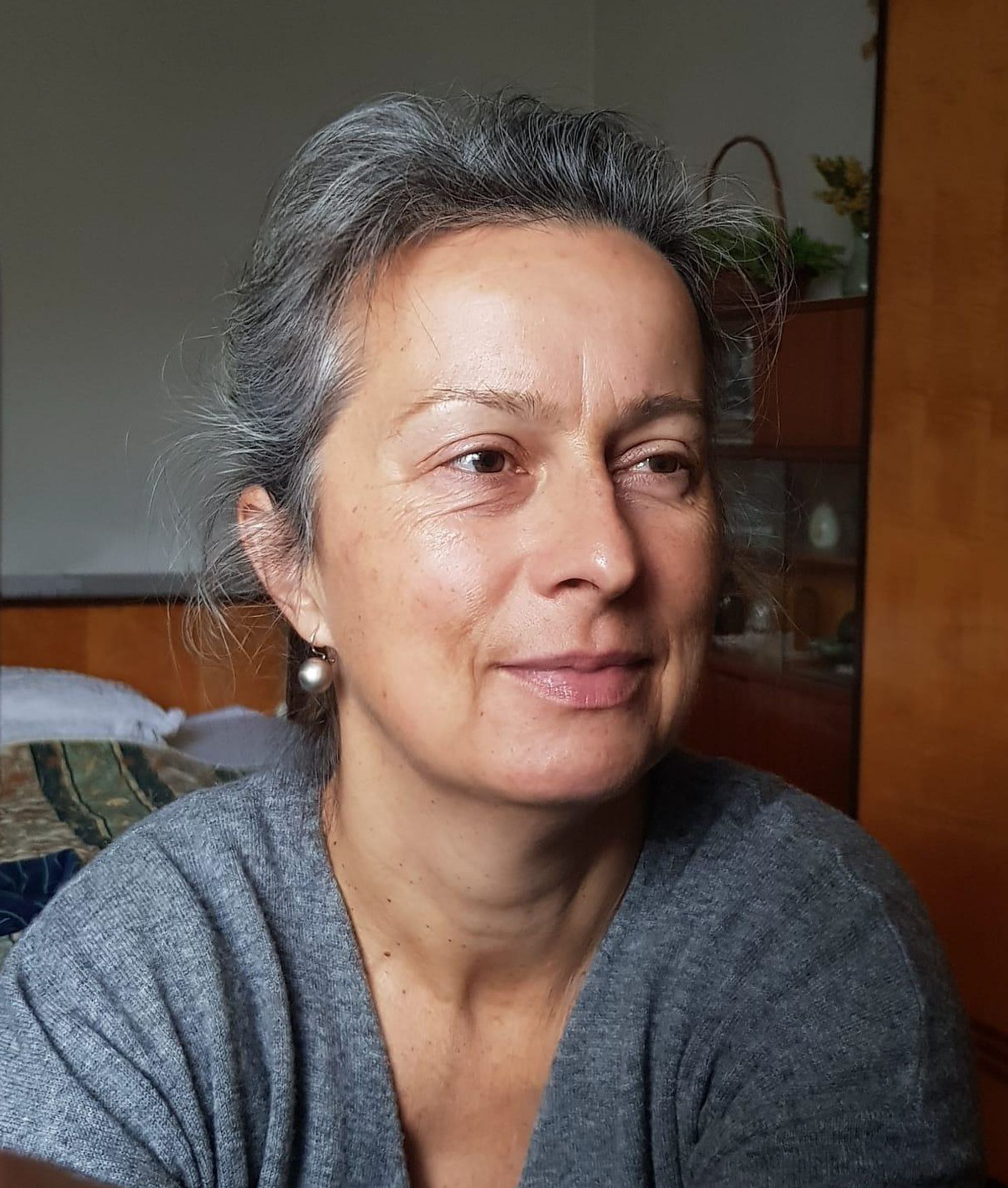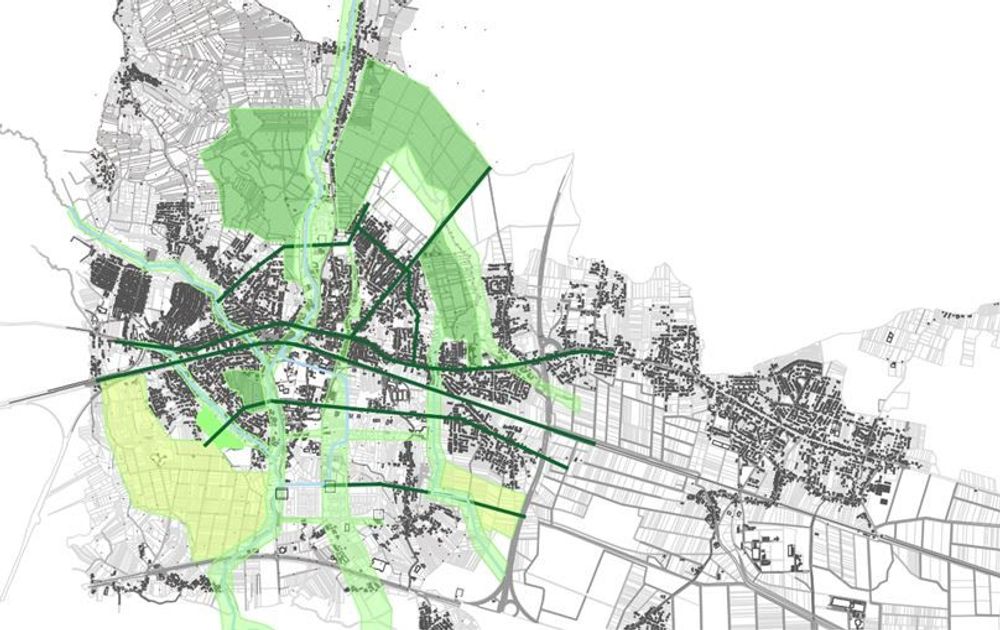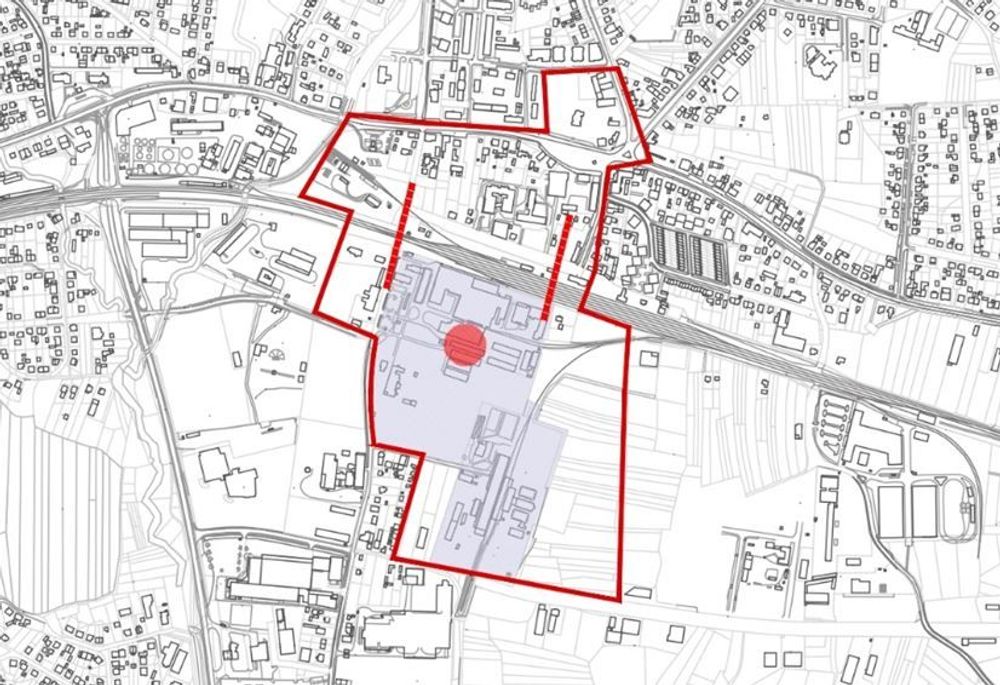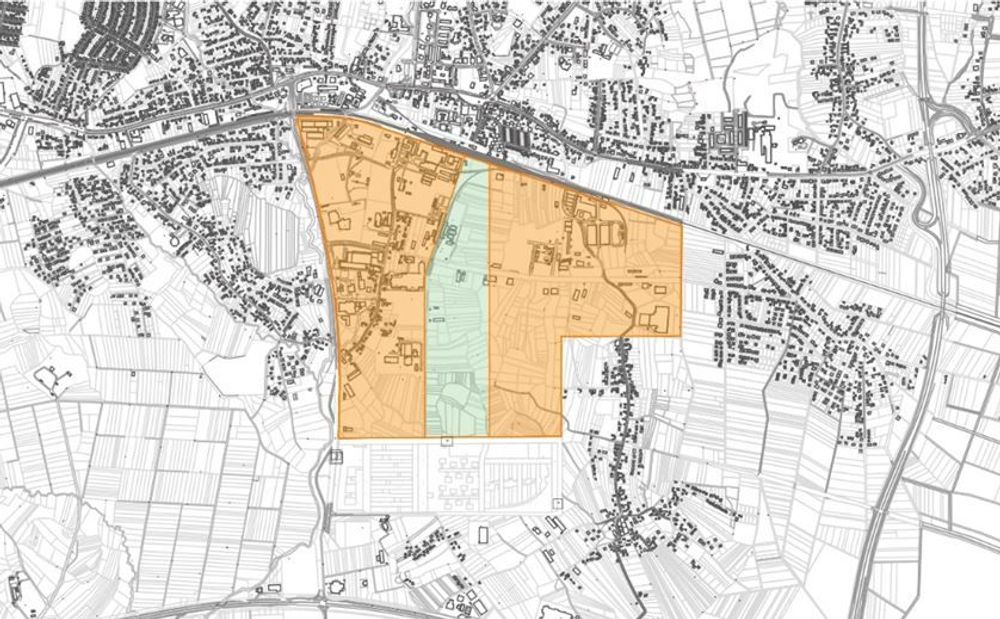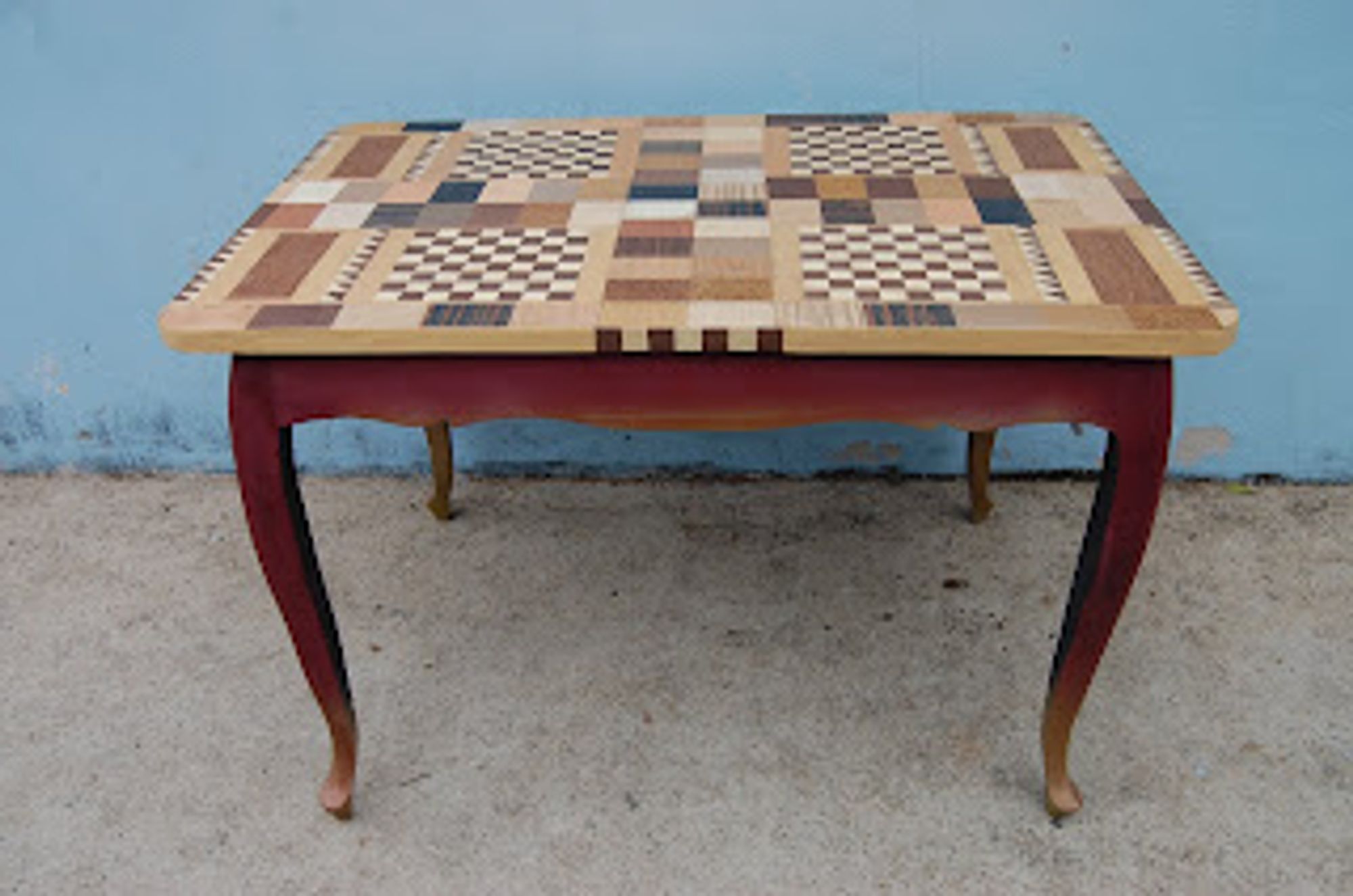Višnja Kljajić is an architect and councilor who is actively involved in the work of local self-government in the Gajišće local board. Her interest extends beyond the local committee, as she aims to work on strengthening civic participation and proactivity. She is particularly interested in the topic of the Sesvet GUP and the strategic reflection of the
development of Sesvet that is directly related to it.
When asked about the identity of Sesvete, Višnja jokes that she used to think that what she knows today as Sesvete was just one part of the very long Dugo Selo. She believes that some old identity is in transition, and the new one is not defined clearly enough. She thinks that a broader dialogue should be opened on this topic in order to determine together what kind of Sesvete they want in the future.
In terms of the quality of life in Sesvete, Višnja thinks that the worse socio-economic situation globally, and the actions of individuals such as illegal construction, concreting, pollution, waste, and the like, have contributed to the decline. However, she believes that a better life in Sesvete is their task, and no one from outside will give it to them.
Višnja’s reason for choosing Sesvete for housing is due to her first job after graduation being in Sesvete, and since then, everything revolves around the east of the city. She also appreciates the proximity to nature and the fact that her native Slavonia is closer from Sesvete.
Višnja thinks that as a society, they are not in the best economic position, and as individuals, they are too sensitive to the needs of others. In terms of communal living conditions, she believes that Sesvete is neither better nor worse than the rest of the city. She believes that a lot can be done if they start working and cooperating at all levels and stop dividing and complaining.
Višnja believes that the brownfield zone of the former Sljeme factory has enormous potential for Sesvete. The General Urban Plan of Sesvete is currently being amended, and they strive to find a solution for the revitalization and activation of that area, in line with the new European green policies. The brownfield zone of Sljemena was recognized by its inclusion in the list of strategic development projects of the City of Zagreb with 3 million euros for the first phase. In March, they plan to organize a round table with all stakeholders who recognize this project as important for Sesvete.
Višnja thinks that the answer to the question about which sectors should be developed in Sesvete can be given by an interdisciplinary team. She believes that the dialogue of all local stakeholders can provide important input data for that team. Višnja sees potential in Sesvete in both the existing businesses in the area, the green Prigorje, and its natural, agricultural, and tourist resources. She also sees potential in new concepts that modern Europe already knows, and they must recognize and implement them.
Višnja's vision for the development of Sesvete is an area that will know how to recognize the potential and opportunities offered by becoming a part of the European Union in every sense. She sees the former Sljeme factory as an innovative complex system in which public and social functions, modern business models, and innovative forms of housing coexist. Višnja sees Sesvete as a small innovative, living, and promising miracle in thearea of today's industrial zone.
what the archive is about
The Living Archive explores the potential of (post)industrial heritage to transform production in our cities. We collect stories with participatory heritage methods. The nodes for the local collection efforts are Fab City Hubs (FCH). The collection has been carefully assembled by FCH teams who have been learning about, co-creating and applying participatory heritage-making approaches, emotion networking methodology, oral history principles and creative perspective-taking. Select tags and categories to filter stories in the archive below. Explore their connections in the network graph.

